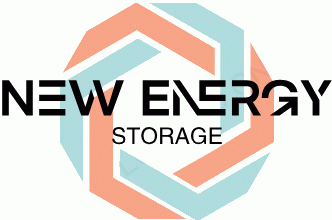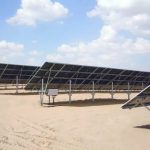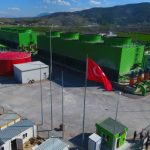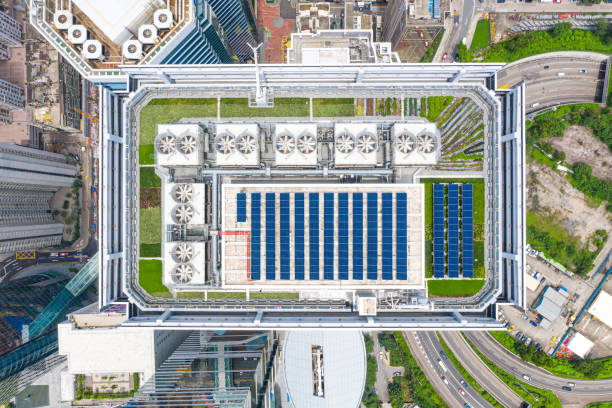Why South Korea’s Energy Storage Policies Are Making Global Headlines
Now let’s be realistic for a moment, when you think of clean energy leaders, is the first thought a solar farm in Germany or a wind project in California? But here’s a twist only in 2023, South Korea’s energy storage systems (ESS) market grows 217%. This Asian tiger isn’t just keeping up with the trends, it’s also changing the rules of energy storage policy and undergoing growth. From smartphone batteries to grid-scale solutions, find out how Seoul’s policy machine is driving a revolution that has all of Korea talking!
The Policy Toolbox: 5 Game-Changing Moves
South Korea’s Ministry of Trade, Industry and Energy (MOTIE) isn’t playing patty-cake with decarbonization. Here’s their policy playbook:
- The “Battery Police” Initiative: Mandatory ESS installations for all new public buildings since 2022 (think solar-powered police stations!)
- K-ESS 2023 Plan: $6.7 billion investment in next-gen solid-state battery research
- Renewable Portfolio Standards 2.0: Utilities must source 25% of power from renewables by 2026 (up from 10% in 2020)
- EV-to-Grid Mandates: All new electric vehicles must have bidirectional charging capabilities by 2025
- Carbon Cashback Program: Households get paid for excess solar energy stored in community ESS
Case Study: Jeju Island’s 48-Hour Blackout Test
In what locals call a “blackout drill,” the island ran entirely on energy storage for two days in 2023. Using a combination of LG Chem batteries and hydrogen storage experiments, they proved that the ESS could meet 100% of peak demand. Tourists hardly notice this unless every hotel has a solar-powered pickle fridge.
When K-Pop Meets Kilowatt-Hours
Interesting fact: The government’s “green culture” campaign has led BTS members to advocate for the installation of home ESSs, and in November of last year, Jungkook’s Ins post about battery systems in condominiums led to a 300% spike in inquiries about residential ESSs. Who would have thought that reducing CO2 would be so popular?
The Battery Barons: Samsung SDI vs. SK Innovation
These rival conglomerates are locked in a storage arms race:
Storage Solutions That Will Make You Say “Jinjja?”
South Korean engineers are pushing boundaries with:
- Floating solar farms on abandoned fishing nets (storing energy in underwater compressed air “balloons”)
- AI-powered “Energy Butlers” that learn household patterns to optimize storage
- Roads that charge EVs while driving (and store excess energy in roadside ESS)
The Coffee Shop Test: How ESS Powers Your Latte
The next time you travel to Seoul for fun, consider this: more than 60 percent of Starbucks stores in South Korea now use solar energy stored in batteries during peak hours. Baristas jokingly say “it allows us to make coffee at peak for a month” – but the numbers don’t lie. Each store reduces grid dependency by 40%, saving enough energy to power 12 Korean apartments daily.
Storage Meets Smart Tech: The AI Factor
Currently South Korea’s tech giants are combining storage systems with artificial systems, and LG’s latest ESS unit can predict weather patterns up to 72 hours in advance, adjusting storage strategies like a chess grandmaster to better maximize storage energy. A system in Busan even managed to avoid blackouts during the 2023 typhoon season by “learning” from past grid failures in Japan.
Battery Breakthroughs You Can’t Ignore
More recently, researchers at the Korea Advanced Institute of Science and Technology (KAIST) unveiled a new graphene battery that can be recharged in 2-3 minutes – faster than we can soak instant noodles in hot water. While it’s only in the prototype stage, this could revolutionize everything from electric buses to smartphone charging stations.
The Road Ahead: Challenges & Opportunities
Despite all the progress so far, South Korea still faces the “curse of cheap coal” – with aging thermal power plants still providing 35% of base load power. But here’s the kicker: new regulations require all coal plants to be paired with ESS systems by 2028. That’s as controversial as letting a near-obsolete car compete in a supercar race, but it has the potential to be transformative.
Global Lessons From Korea’s Storage Surge
International observers are taking notes. The World Energy Council called South Korea’s ESS subsidies “the most aggressive in OECD nations.” Meanwhile, California’s grid operators have quietly adopted modified versions of Seoul’s demand-response algorithms. As one Korean policymaker quipped: “We exported K-pop, now we’re exporting kilowatts!”













